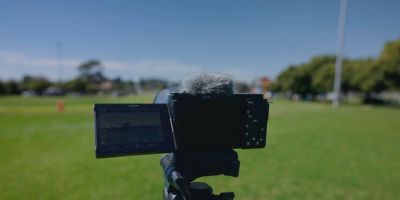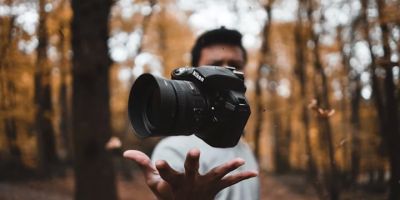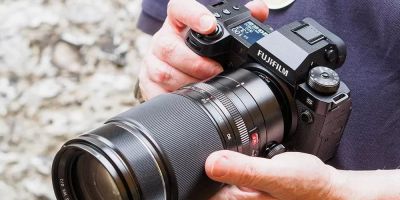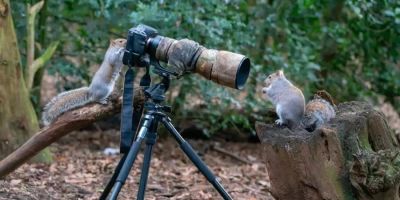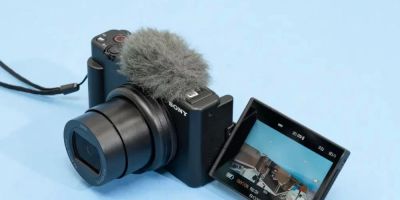- 1-Why-Fast-Continuous-Shooting-Matters
- 2-Understanding-Autofocus-Capabilities
- 3-How-to-Choose-the-Right-Camera
- 4-Real-World-Applications-and-User-Experiences
- 5-Recommendations-and-Professional-Advice
1. Why Fast Continuous Shooting Matters
For photographers aiming to capture fleeting moments—whether in sports, wildlife, or street photography—a camera with fast continuous shooting capabilities is essential. This feature allows the camera to take multiple frames per second, ensuring that no critical moment is missed.
Imagine photographing a bird in flight or a soccer player mid-kick. Without rapid shooting speeds, you risk losing the decisive shot. Fast continuous shooting increases your chances of capturing sharp, perfectly timed images, giving you a wide selection to choose from during post-processing.
1.1 Technical Benefits Beyond Speed
Beyond just speed, fast continuous shooting often pairs with large buffer memory and efficient processing engines, meaning your camera can sustain rapid shots without lag. This smooth shooting experience is invaluable when tracking unpredictable action.
2. Understanding Autofocus Capabilities
Fast shooting alone isn’t enough if the camera can’t keep subjects in focus. That’s why autofocus capabilities are just as critical. Modern cameras come equipped with sophisticated autofocus systems featuring multiple focus points, face and eye detection, and tracking abilities.
2.1 Types of Autofocus Systems
Phase detection autofocus is commonly preferred for its speed and accuracy, especially in continuous shooting modes. Contrast detection, while accurate, tends to be slower but useful in certain scenarios. Hybrid systems combine both for optimal performance.
2.2 Autofocus in Challenging Conditions
Advanced autofocus technologies help maintain focus even in low light, fast-moving subjects, or crowded scenes. This reliability boosts confidence in capturing critical moments without blur or missed focus.
3. How to Choose the Right Camera
Selecting a camera with both fast continuous shooting and autofocus capabilities depends on your specific needs and budget. Here are key considerations:
3.1 Frame Rate and Buffer Depth
Look for cameras that offer at least 8 frames per second (fps) for general action photography, with professional models reaching 20 fps or more. Also, consider buffer size to ensure continuous shooting without interruption.
3.2 Autofocus Features and Customization
Evaluate autofocus point coverage and whether the camera supports tracking modes for moving subjects. Customizable autofocus settings allow tailoring the system to your style and shooting environment.
3.3 Sensor Size and Image Quality
While speed is important, sensor size influences image quality. Full-frame sensors typically offer superior detail and low-light performance but at a higher cost.
4. Real-World Applications and User Experiences
Take the example of a wildlife photographer capturing a hawk’s sudden dive. Using a camera equipped with fast continuous shooting and a responsive autofocus system, they managed to capture a sequence of sharp images that tell the story of the hunt.
Similarly, sports photographers rely heavily on these capabilities to freeze moments like a sprinter crossing the finish line or a basketball player’s slam dunk. Without these features, many iconic sports images would be impossible to capture.
5. Recommendations and Professional Advice
For photographers ready to upgrade, exploring options with balanced fast continuous shooting and autofocus performance is key. Popular models across price ranges offer these features, but identifying what suits your photography style is essential.
For the best selection of cameras and expert guidance, Photo Studio provides a curated range of products and personalized recommendations, helping you find the perfect gear to capture every moment flawlessly.

